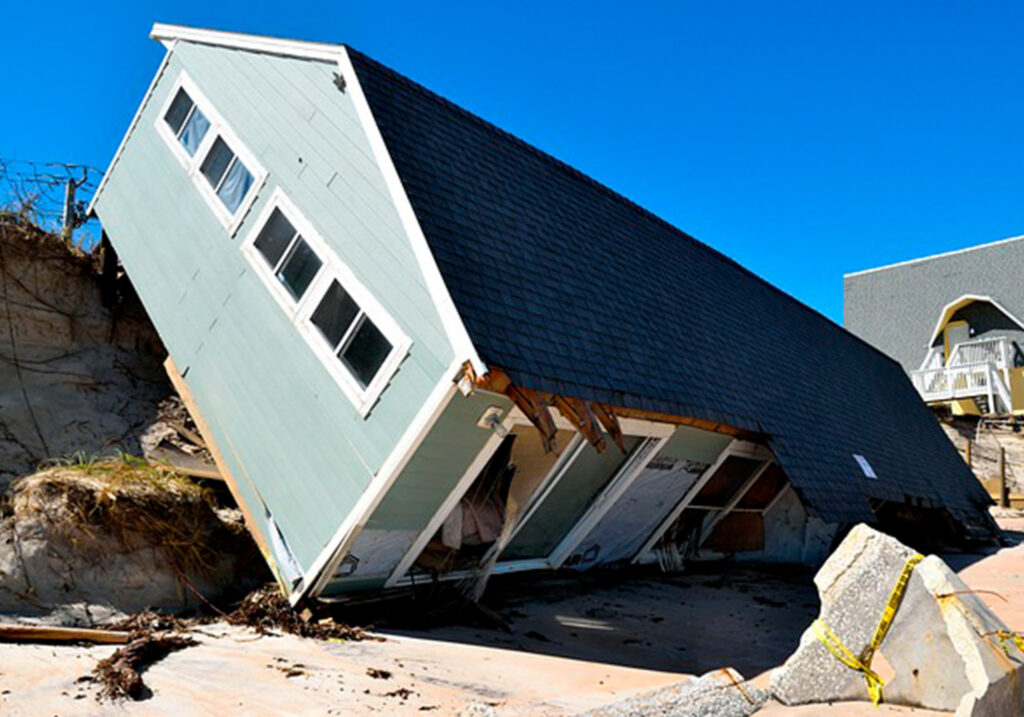from high winds is to start with a wind-resistant design. A well-built barn should have an aerodynamic shape that reduces wind resistance and prevents uplift. Rounded and sloped roofs tend to perform better than flat or gabled roofs in high-wind situations. Additionally, selecting sturdy materials such as reinforced steel, heavy-duty wood, or concrete can improve a barn’s resilience. Consulting with an engineer or builder experienced in wind-resistant construction can help ensure your barn is designed to withstand extreme weather.
When considering design features, it’s also essential to focus on proper ventilation and structural reinforcements. Properly placed vents can help equalize air pressure and reduce the risk of wind-induced lift. Reinforced trusses, additional bracing, and crossbeams can also increase the barn’s stability. Investing in a well-designed, wind-resistant barn from the outset can save significant costs in repairs and potential losses in the future.
Strengthening the Foundation
A strong foundation is critical for preventing wind-related structural failures. If a barn is not properly anchored, high winds can lift it off the ground or shift it from its base. Deep-set concrete footings with steel reinforcements provide stability and resistance against strong gusts. Additionally, using hurricane straps or anchor bolts to secure the barn to its foundation can add an extra layer of protection. Ensuring that footings extend below the frost line also helps prevent shifting due to soil movement during seasonal temperature changes.
Regular inspections of the foundation are essential to detect early signs of deterioration, such as cracks, shifting, or water damage. Reinforcing weak areas with additional concrete or rebar can improve structural integrity. If your barn is already built but lacks proper anchoring, retrofitting with additional supports or ground anchors can significantly enhance its ability to withstand high winds.
Reinforcing the Roof
The roof is often the most vulnerable part of a barn during high winds. To prevent roof damage, ensure that it is securely fastened to the walls using hurricane clips or reinforced fasteners. Metal roofs, which are less likely to be lifted by wind than traditional shingles, can be a great option for high-wind areas. Additionally, regular maintenance checks to inspect for loose or damaged sections can help prevent weak spots from becoming major vulnerabilities during storms.
Another effective way to reinforce a barn roof is by installing additional bracing, such as trusses or purlins, which provide extra support against wind pressure. Sealing roof seams and applying wind-resistant coatings can further enhance the roof’s durability. If replacing a barn roof, consider choosing impact-resistant materials that can withstand flying debris, which is a common hazard during high-wind events.
Securing Walls and Doors
Reinforcing the barn’s walls with additional bracing can help prevent them from being blown out by strong winds. Plywood or metal reinforcements can be used to strengthen walls, particularly in areas prone to high winds. Doors and windows should be properly secured with heavy-duty latches and fasteners. Installing storm-resistant doors that can withstand high pressure is another effective measure to protect against wind damage.
Gaps or weak points in walls can create dangerous pressure imbalances that may cause structural failure. Ensuring a tight seal on all doors and windows prevents wind from entering and causing internal pressurization. Additionally, reinforcing barn doors with diagonal bracing or storm bars can help prevent them from being torn off their hinges during extreme weather conditions.
Installing Windbreaks
Natural and artificial windbreaks can reduce wind speed and provide additional protection for your barn. Planting rows of trees or shrubs around the barn can act as a natural buffer against strong gusts. Additionally, installing windbreak fencing or berms can help deflect wind away from the structure, reducing its impact on the barn. Properly placed windbreaks not only decrease wind velocity but also help minimize soil erosion and protect surrounding property.
For maximum effectiveness, windbreaks should be positioned perpendicular to prevailing wind directions and consist of a combination of tall and dense vegetation. If using artificial windbreaks, such as walls or fences, ensuring they are properly anchored and constructed from durable materials is essential for long-term performance.
Protecting Livestock and Equipment
High winds can endanger livestock, so it’s important to have a plan in place for their safety. Ensuring that animals have access to a secure shelter with reinforced walls and doors can prevent injuries during a storm. Securing farm equipment, tools, and loose objects is also essential to prevent them from becoming dangerous projectiles. Tying down or storing lightweight items inside the barn can reduce the risk of damage.
Additionally, having an emergency response plan for evacuating animals if necessary can be crucial. Stocking up on essential supplies, such as extra feed, water, and medical kits, ensures that livestock can be cared for in case of prolonged power outages or blocked roadways. Proper preparation helps minimize the impact of high winds on both your animals and valuable farming equipment.
Regular Inspections and Maintenance
Routine inspections and maintenance play a crucial role in keeping your barn prepared for high winds. Conducting periodic checks for structural weaknesses, loose fasteners, or deteriorating materials can help identify and address potential issues before they become major problems. Inspect the barn’s walls, roof, and foundation at least twice a year, paying close attention to any signs of wear or damage. Small cracks, rusted fasteners, or weakened joints may seem minor, but they can quickly turn into significant vulnerabilities when exposed to strong winds. Reinforcing these areas with additional bracing or replacing worn-out materials can go a long way in improving your barn’s durability.
Regularly cleaning out debris, repairing minor damages, and reinforcing weak spots can significantly improve your barn’s ability to withstand high winds. Gutters and drainage systems should be kept clear to prevent water buildup, which can weaken structural components over time. Wooden barns should be inspected for signs of rot, while metal barns should be checked for rust or corrosion. Any loose panels, screws, or roof shingles should be tightened or replaced to prevent wind from catching and tearing them off. Keeping up with these regular maintenance tasks not only extends the lifespan of your barn but also provides peace of mind knowing that it is as secure as possible when a storm approaches.
Investing in Storm Preparedness Equipment
Having the right equipment on hand can make a big difference when preparing for high winds. Storm shutters, reinforced tarps, and emergency repair kits can help mitigate damage during and after a storm. Installing storm shutters on windows and doors can provide an extra layer of protection against flying debris and wind pressure. Reinforced tarps can be used as temporary coverings for damaged roofs or openings if repairs cannot be completed immediately. Additionally, having extra building materials such as plywood, nails, and metal brackets stored in a safe place can help with quick repairs if damage does occur.
Another crucial aspect of storm preparedness is having backup power sources available in case of an outage. A generator can keep essential systems running, such as lighting, ventilation, and water pumps, ensuring that livestock and stored goods remain safe. Consider investing in battery-powered tools, flashlights, and portable radios to stay informed during severe weather conditions. Keeping an emergency preparedness kit with first-aid supplies, food, water, and protective gear can also be invaluable if a storm causes prolonged disruptions. By planning ahead and having these resources available, you can minimize damage, protect your animals and equipment, and recover more quickly from any impact caused by high winds.
Developing an Emergency Plan
A comprehensive emergency plan can help you respond quickly and effectively to high-wind events. Establishing protocols for securing animals, protecting equipment, and reinforcing structures before a storm hits can minimize damage and risk. Educating farm staff or family members on emergency procedures ensures that everyone knows what to do when strong winds are forecasted.
Conclusion
Ensuring that your barn is prepared for high winds requires a combination of strategic planning, reinforcement, and proactive maintenance. By implementing wind-resistant designs, reinforcing structural elements, and developing a clear emergency plan, you can protect your barn, livestock, and equipment from severe wind damage. Taking these steps will provide peace of mind and safeguard your property against the unpredictable forces of nature.

